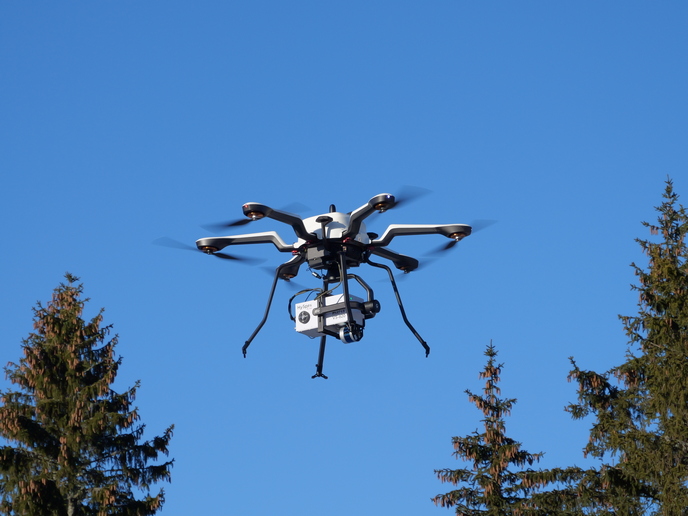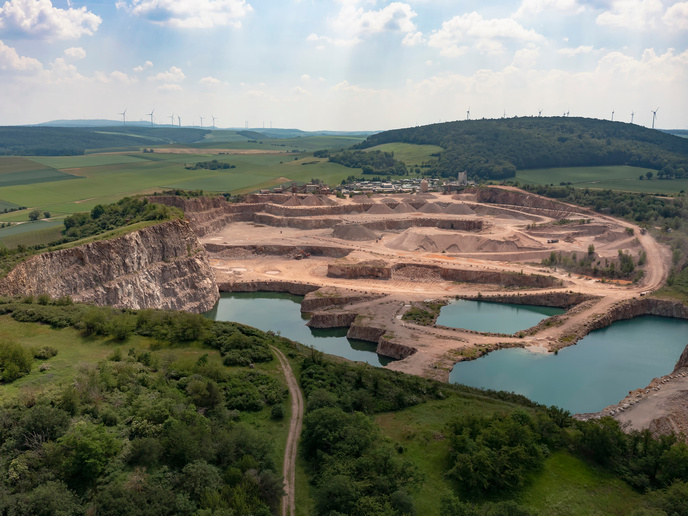Improved protective coatings for jet engines
The big fan-like objects on the outer part of an aeroplane are the air intake components known as compressors. Following the compressor is a combustion chamber where the fuel is burned to create very hot gas. When this hot gas blows through the turbine itself (which has numerous blades similar to the intake compressor), the rotational force created is so powerful that it can lift the plane and its contents. Given the extreme conditions to which the turbine blades are exposed, the blades are protected by application of a thermal barrier coating (TBC). Typically, the TBC is usually applied via air plasma spraying (APS) or electron-beam physical vapour deposition (EB-PVD). APS is a relatively simple and inexpensive process. Material to be applied is ‘melted’ in a plasma jet and spray-deposited in molten drops on the substrate at room temperature and pressure. EB-PVD is a complicated and expensive process involving the use of electromagnets and a special pressurised chamber. Despite this, it is often used in the aerospace industry because the controlled deposition of three-dimensional (3D) columnar structures results in enhanced strain tolerance and reliability. European scientists identified goals of enhancing the APS process and resulting coating, developing alternative coating technologies to EB-PVD and developing innovative coating materials. EU-funding of the ‘Towards design and processing of advanced, competitive thermal barrier coating systems’ (Toppcoat) project gave them their chance. The Toppcoat consortium developed precise substrate temperature control mechanisms and new APS gun technology that led to deposition of controlled surface structures and improved bonding.The improvements could make APS a much more attractive alternative to costly EB-PVD. Investigations also pointed to several other processes capable of depositing cost-effective, highly strain-tolerant coatings. The research team also developed new TBCs including an APS sensor coating capable of sensing thickness in addition to temperature and aging. Toppcoat research has led to numerous advances in coating technologies and coating materials for TBC application in the aerospace gas turbine manufacturing field. Innovations promise to enhance performance while reducing manufacturing and maintenance costs, providing a significant competitive edge to European manufacturers.







